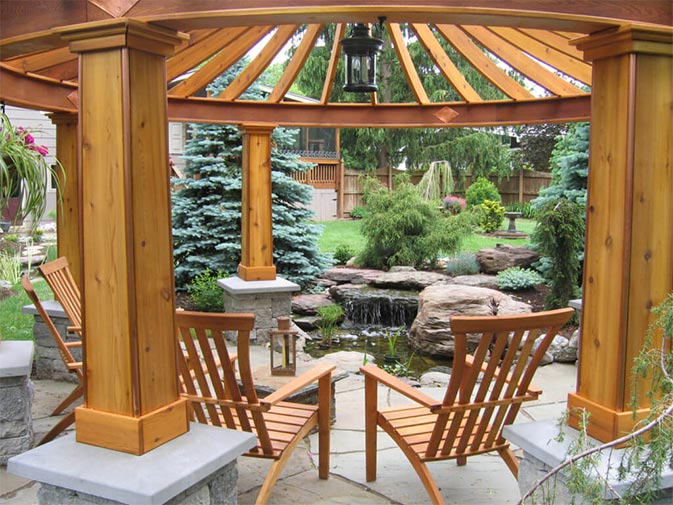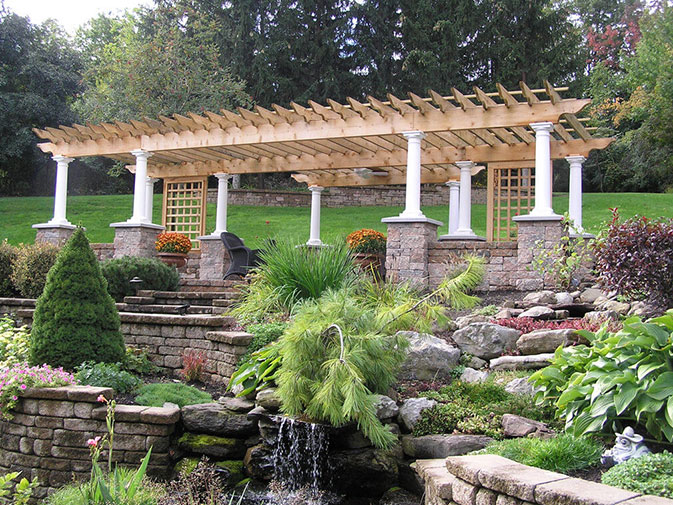Artistic design, installation services, and construction knowledge provide our customers with an extraordinary outdoor experience. Our team creates beautiful landscapes, pool designs, and natural plantings, using an installation process we stand behind. Whether you want a maintenance-free landscape or enjoy gardening, we design according to your goals.

